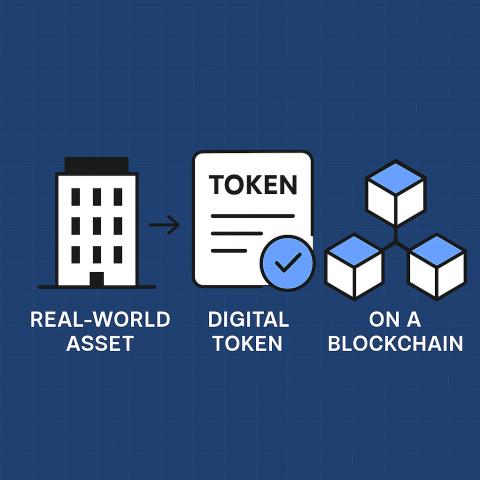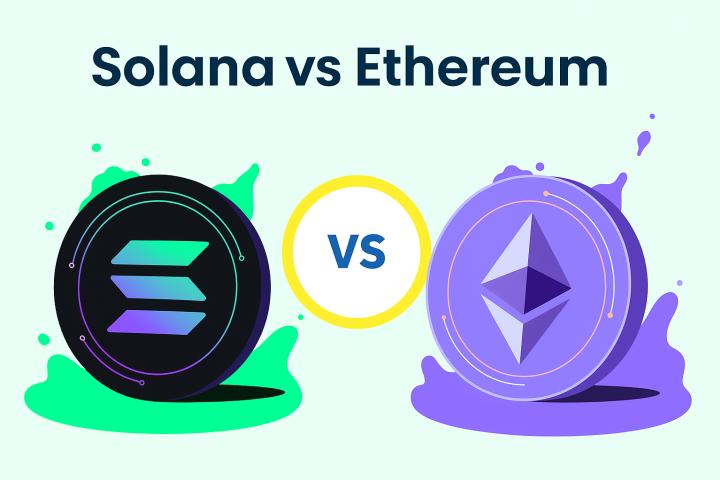As the adoption of cryptocurrencies grows, so does the scrutiny of their environmental impact—particularly their energy consumption. One of the most common comparisons is between blockchains like Bitcoin or Ethereum and traditional payment networks like Visa. This article explores how much energy different blockchain systems use and identifies which ones are more sustainable.
Visa: The Benchmark for Efficiency
Visa is one of the world’s largest payment networks, processing over 200 billion transactions annually. According to available data, Visa consumes approximately 0.0008 kWh per transaction. This low figure highlights the energy efficiency of centralized systems.
Bitcoin: The Most Energy-Intensive
Bitcoin uses a Proof-of-Work (PoW) consensus mechanism, which is notoriously energy-hungry due to the mining process. On average:
Energy per transaction: ~1,000–1,500 kWh
Annual consumption: ~85–140 TWh (terawatt-hours)
This makes a single Bitcoin transaction equivalent to millions of Visa transactions in terms of energy.
Ethereum: Then and Now
Ethereum originally also used Proof-of-Work, consuming roughly:
Pre-merge energy per transaction: ~200 kWh
However, after the Ethereum Merge in September 2022, the network transitioned to Proof-of-Stake (PoS), drastically reducing its energy use:
Post-merge energy per transaction: ~0.03–0.05 kWh
Reduction: Over 99.95%
Ethereum is now considered a low-impact blockchain, consuming even less energy per transaction than Visa under certain assumptions.
Other Environmentally Friendly Blockchains
Several newer blockchains were designed with sustainability in mind. Most use Proof-of-Stake or similar low-energy consensus models:
| Blockchain | Consensus Mechanism | Energy per Transaction (Approx.) | Environmental Impact |
|---|---|---|---|
| Algorand | Pure Proof-of-Stake | ~0.0004 kWh | 🌱 Very Low |
| Solana | PoS + Proof of History | ~0.0005 kWh | 🌱 Very Low |
| Polygon | Proof-of-Stake (L2) | ~0.0003 kWh | 🌱 Very Low |
| Cardano | Ouroboros PoS | ~0.0006 kWh | 🌱 Very Low |
| Tezos | Liquid Proof-of-Stake | ~0.001 kWh | 🌱 Low |
| Ethereum V2 | Proof-of-Stake | ~0.03–0.05 kWh | 🌿 Low |
| Ethereum V1 | Proof-of-Work (pre-Merge) | ~200 kWh | 🔴 Very High |
| Bitcoin | Proof-of-Work | ~1,000–1,500 kWh | 🔴 Extremely High |
| Visa (for ref) | Centralized Network | ~0.0008 kWh | 🌱 Very Low |
Key Takeaways
Visa is extremely efficient but centralized.
Bitcoin has the highest energy footprint by far.
Ethereum dramatically improved after switching to PoS.
Solana, Algorand, and Cardano are among the most energy-efficient blockchains.
Proof-of-Stake systems are significantly more sustainable than Proof-of-Work.
Conclusion
If environmental sustainability is a priority, blockchains using Proof-of-Stake clearly lead the way. Ethereum’s transition was a turning point, and many newer chains are building eco-conscious networks from the ground up. While Visa remains a gold standard for efficiency in centralized payments, the gap is narrowing with blockchain innovations.

















